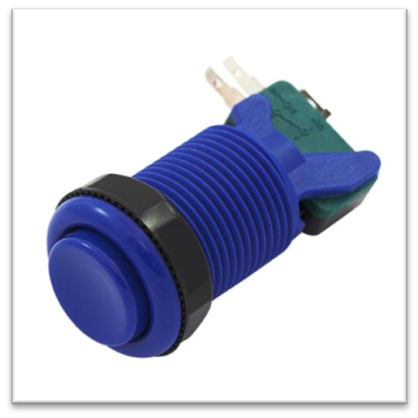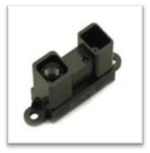Part Dimensions
The current thickness for the parts is 1/16". This was determined after running failure analysis on several types of aluminum at differing thicknesses. A thickness of 1/16" was found to be sufficiently strong against failure while being small enough to be usable as parts in the robot.

The center-to-center hole distance is 1/2". A spacing of 1/2" was found to be sufficiently strong against shear out and tension while keeping the parts compact. This also corresponds to the hole diameter, which is set to 1/4". In addition, the spacing between the hole center and the end of the part is 1/4". This allows parts to be set end-to-end and have a consistent 1/2" spacing between the holes. This way, the user can attach a flatbar as a bracket to hold two pieces end-to-end.
Base Parts
Flat bars, channel bars, plates, shafts, wheels
Students need to work with constrained set of parts
SolidWorks models for all parts
Allows students to model their designs with CAD programs
Parts fit together and come apart easily
Rounded edges allow different angles
Facilitates iterative design process
Project Demonstration
Below is a video demonstration of our project. The video is supported on Mozilla Firefox, Google Chrome, and Opera Web Browser. If your browser is not supported you can download the video here: Download Link. Alternatively you can right-click on the video and click save-as to download the video.

 The center-to-center hole distance is 1/2". A spacing of 1/2" was found to be sufficiently strong against shear out and tension while keeping the parts compact. This also corresponds to the hole diameter, which is set to 1/4". In addition, the spacing between the hole center and the end of the part is 1/4". This allows parts to be set end-to-end and have a consistent 1/2" spacing between the holes. This way, the user can attach a flatbar as a bracket to hold two pieces end-to-end.
The center-to-center hole distance is 1/2". A spacing of 1/2" was found to be sufficiently strong against shear out and tension while keeping the parts compact. This also corresponds to the hole diameter, which is set to 1/4". In addition, the spacing between the hole center and the end of the part is 1/4". This allows parts to be set end-to-end and have a consistent 1/2" spacing between the holes. This way, the user can attach a flatbar as a bracket to hold two pieces end-to-end.



